The Serene Art of Traditional Japanese Tea Ceremony
Immerse yourself in a serene and mindful ritual, steeped in centuries of history and cultural significance.
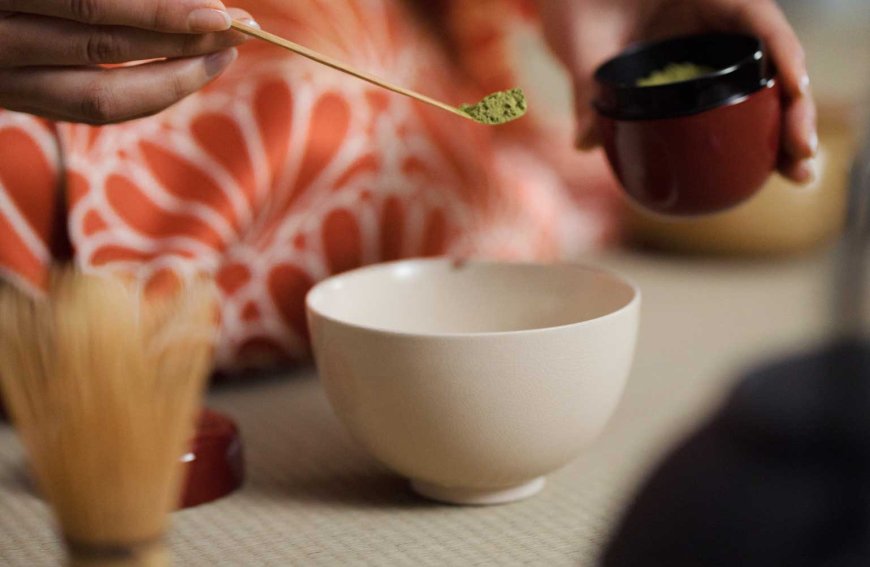
Japanese tradition that defines harmony, elegance, and profound beauty
The traditional Japanese tea ceremony, known as "chado" or "sado," is an ancient ritual that has been practiced for centuries. Rooted in Zen Buddhism, this graceful and meditative art form encapsulates the essence of Japanese culture, emphasizing harmony, tranquility, and mindfulness. With its meticulous attention to detail, the tea ceremony provides a captivating glimpse into the intricacies of Japanese aesthetics and philosophy.
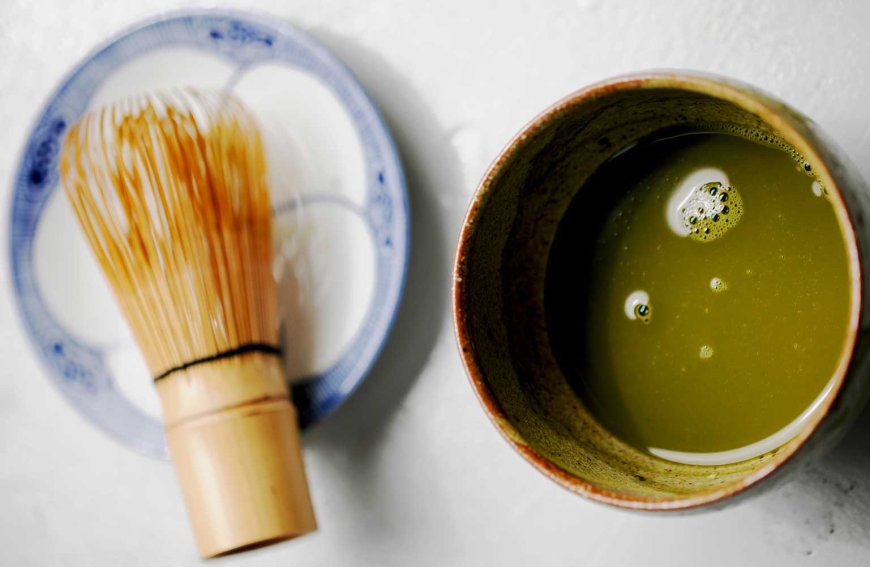
The origins of the tea ceremony can be traced back to the 9th century when Buddhist monks introduced tea to Japan from China. Over time, it evolved into a distinct cultural practice with its own set of customs and rituals. Central to the tea ceremony is the concept of "ichi-go ichi-e," which translates to "for this time only" or "once in a lifetime." This philosophy encourages participants to embrace each moment as unique and to appreciate the present, fostering a deep sense of mindfulness.
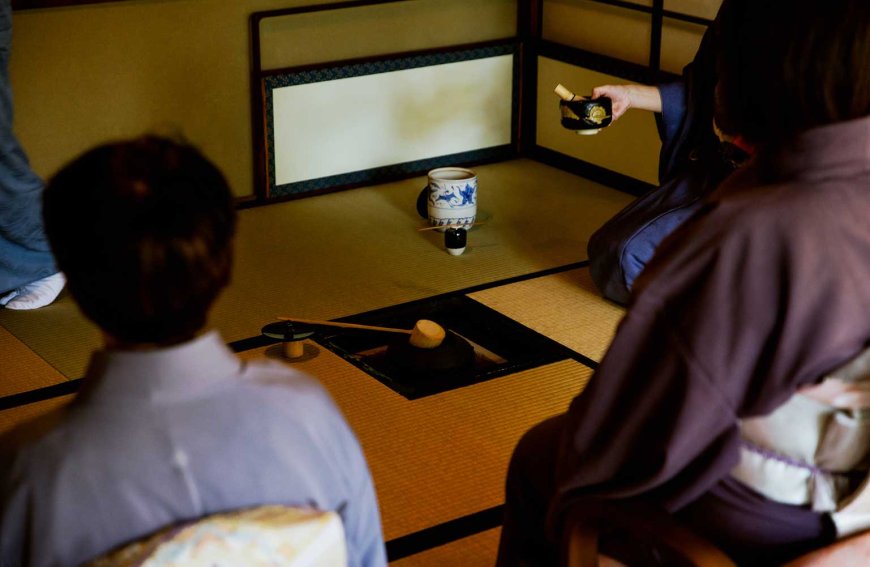
A traditional tea ceremony takes place in a purpose-built tearoom called a "chashitsu." These serene spaces are carefully designed to create an atmosphere of tranquility and simplicity. The room is adorned with natural elements like bamboo and tatami mats, while calligraphy and artwork often adorn the walls, reflecting the tea master's aesthetic sensibilities.
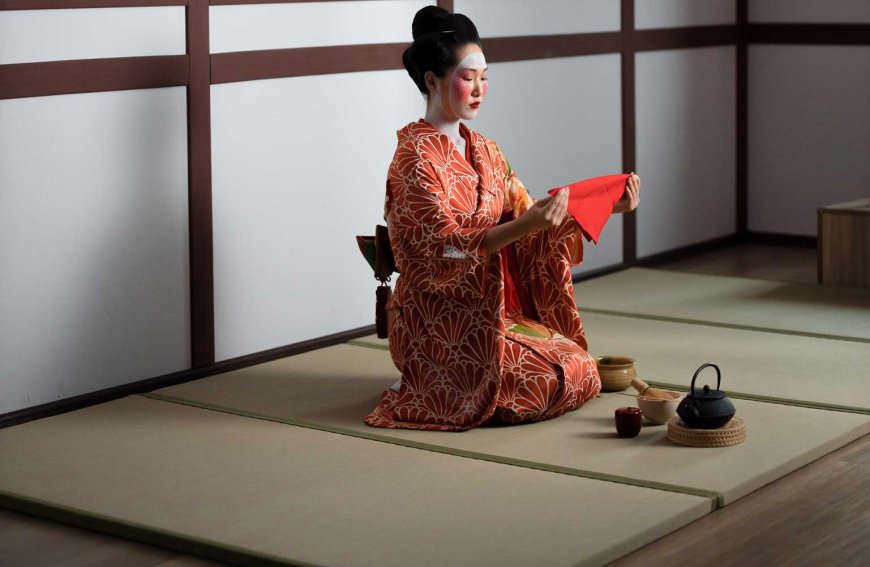
The utensils used in the tea ceremony are meticulously chosen and handled with reverence. The tea bowl, known as a "chawan," is a handmade ceramic vessel prized for its unique shape and glaze. The tea scoop, or "chashaku," is a carved bamboo instrument used to measure and transfer the powdered green tea, called "matcha." Every utensil plays a crucial role in the ceremony, and their selection and arrangement reflect the tea master's skill and artistic taste.
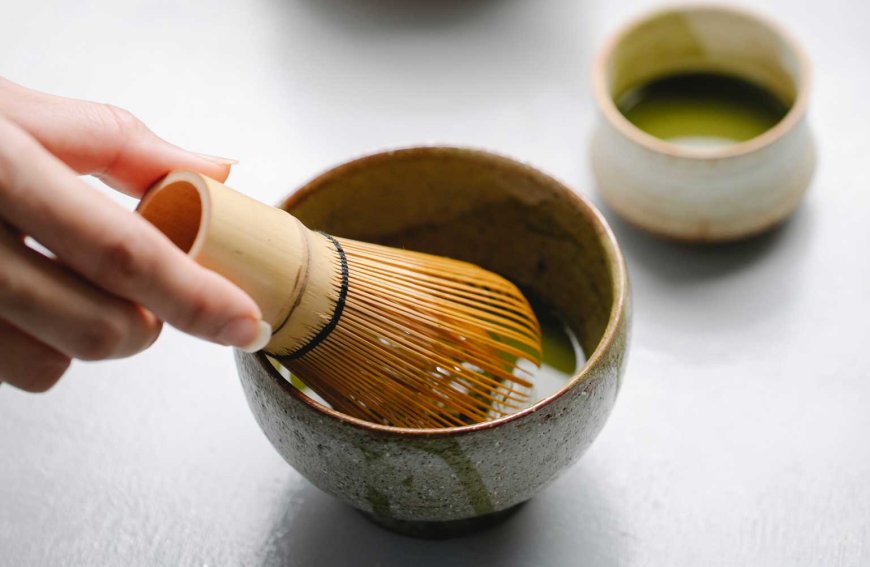
The tea ceremony unfolds with a choreographed sequence of gestures and movements. The host, or "chajin," performs each action with grace and precision, creating a sense of harmony and tranquility. Guests are welcomed into the tea room with a bow and are invited to cleanse their hands and mouth before entering, symbolizing purification and leaving worldly concerns behind.
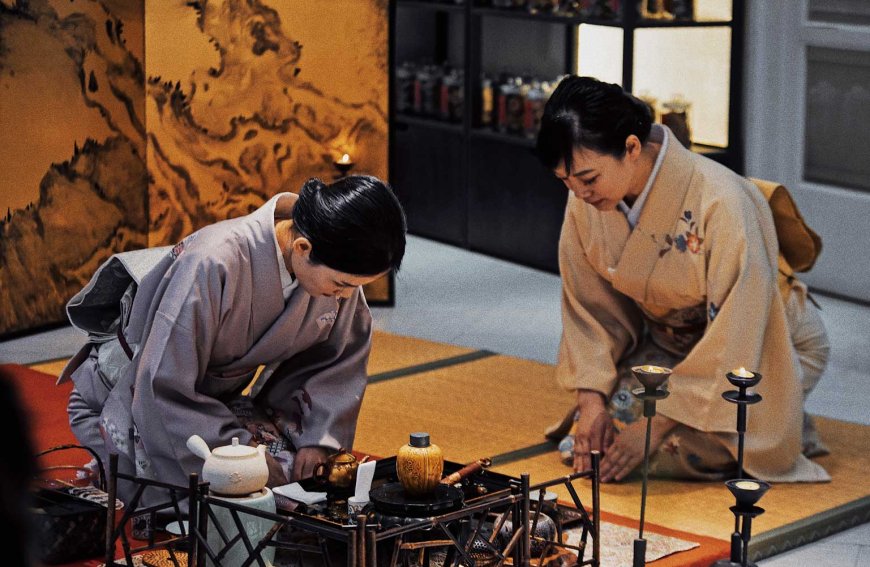
The tea ceremony revolves around the preparation and serving of matcha, a powdered green tea. The tea master carefully measures the tea, adds hot water, and uses a bamboo whisk, or "chasen," to whisk the tea into a frothy consistency. Each step of the process is executed deliberately, emphasizing mindfulness and attentiveness.
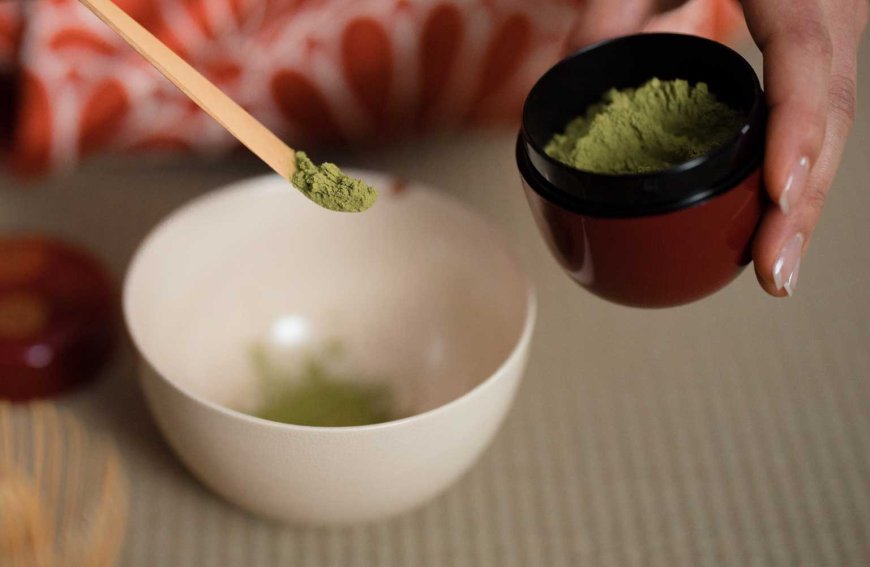
The tea is served to the guests, who receive the bowl with a respectful bow. The guests then savor the tea in a contemplative manner, appreciating its aroma, taste, and the tranquil ambiance of the tea room. The act of sharing tea fosters a sense of community and connection, as participants engage in thoughtful conversation and appreciate the fleeting beauty of the moment.
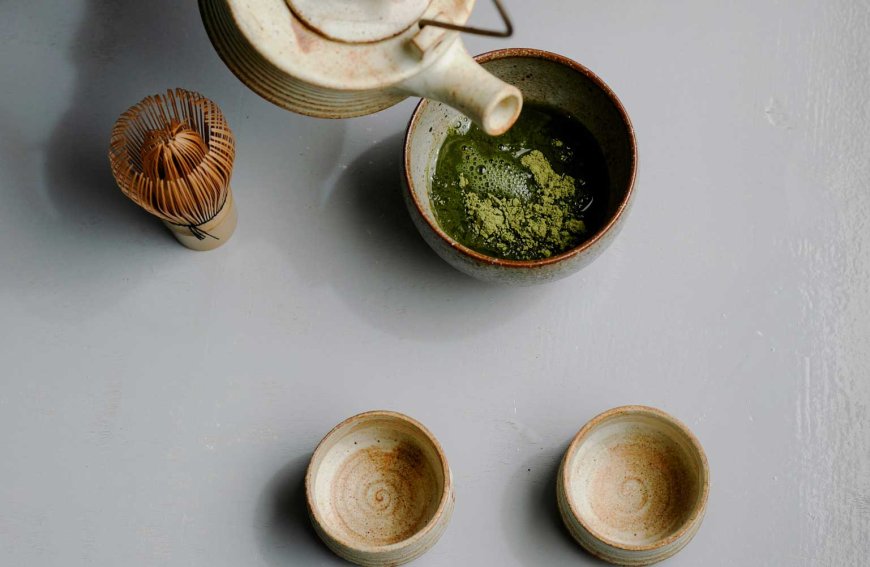
The traditional Japanese tea ceremony holds profound cultural and symbolic significance. It serves as a conduit for social bonding, as participants come together to appreciate the artistry and aesthetics of tea. Beyond its communal aspect, the ceremony embodies the principles of harmony, respect, and mindfulness, which are foundational to Japanese culture. Through the tea ceremony, individuals can find solace, reflect on the transience of life, and cultivate a sense of inner peace.
Despite the passage of time, the traditional Japanese tea ceremony continues to thrive and captivate people from all walks of life. Its influence can be seen in various aspects of Japanese culture, from the design of modern tea rooms to the incorporation of tea-inspired motifs in contemporary art and literature. Additionally, tea ceremonies are often conducted in cultural centers and tea houses, allowing both Japanese nationals and international visitors to experience this captivating tradition firsthand.
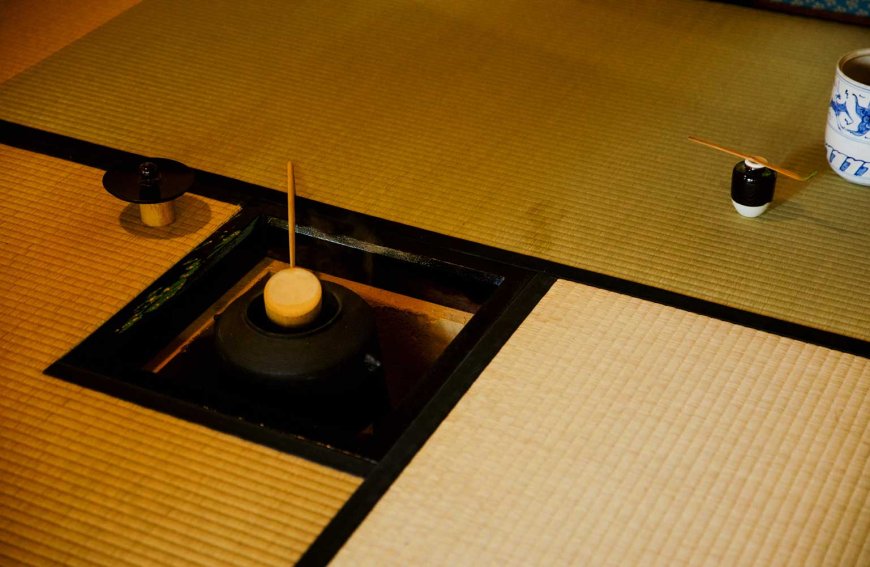
The traditional Japanese tea ceremony stands as a testament to the rich heritage and profound aesthetics of Japan. Rooted in Zen Buddhism, it encapsulates the country's core values of harmony, respect, and mindfulness. Through its meticulous rituals and serene atmosphere, the tea ceremony invites participants to immerse themselves in the present moment, fostering a deep appreciation for beauty, simplicity, and human connection. As a timeless tradition, the tea ceremony continues to be cherished, celebrated, and passed down from one generation to the next, embodying the enduring spirit of Japanese culture.
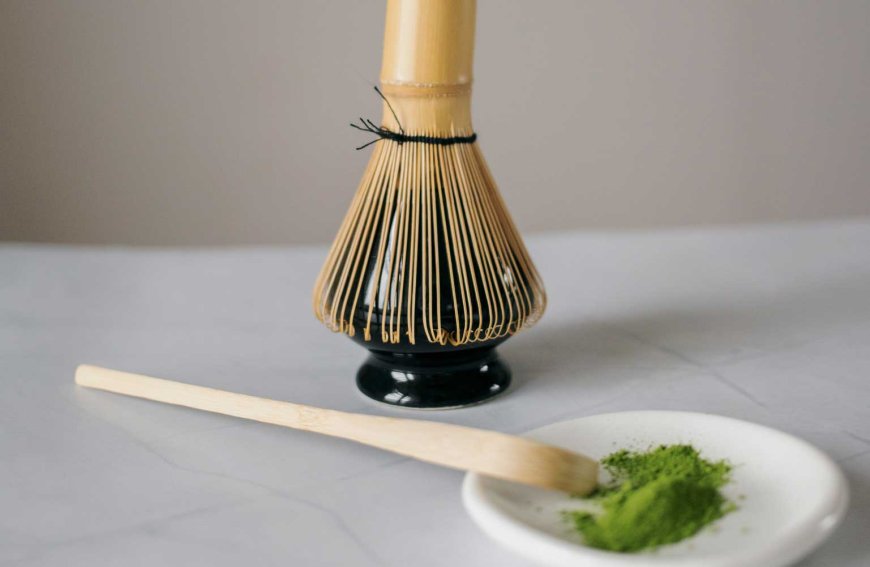
Find Cheap Flight Tickets to any Destinations in Japan and the Philippines
Nipino.com is committed to providing you with accurate and genuine content. Let us know your opinion by clicking HERE.































































